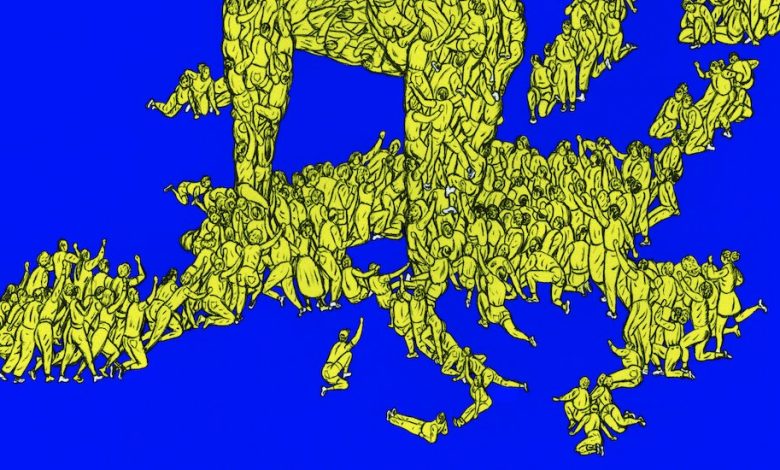It May Be Scary, but Europe Is Coming to Life

Election season in Europe rarely sets the pulse racing. In the five I’ve covered since 1999, Brussels would be abuzz with chatter. But citizens, the people charged with voting in members of Parliament, did not seem to care that much. To them the election was at best a curiosity, at worst an inconvenience to be avoided.
Not this time. This year’s election, which takes place from Thursday to Sunday in all 27 member nations, has aroused the attention of Europeans across the continent. I’ve seen their interest firsthand. In the Netherlands, France, Switzerland, the Czech Republic and many other places in the past few months, I’ve spoken to groups of students, specialists and investors — but most often to ordinary citizens.
They listen attentively, hardly fiddling with their phones. Come question time, many hands go up. Everyone is interested in the bigger story: whether Ukraine will join the European Union, what can be done about the rise of illiberalism and how continental security can be achieved. Most of all, they are curious about what Europe is and where it might be headed.
What is going on here? Why is politics in Brussels, which has always been seen as boring and technocratic, suddenly becoming almost sexy? The answer is as irresistible as it is surprising. As citizens are drawn more into continental politics, the democratic deficit in Europe is slowly beginning to evaporate. Amid gloom about the far right’s advance, another story is unfolding, almost hidden from sight. Europe is coming to life.
Significantly, support for E.U. membership among citizens is on the rise. In a recent poll across member states, 74 percent of respondents said they feel like citizens of the European Union — the highest level in more than two decades. Two years ago, 72 percent said their country had benefited from E.U. membership, up from just 52 percent in 2005. That does not mean Europeans are suddenly elated withthe union and the way it functions. But they are clearly happier inthe European Union that outside it.
Turnout seems to be going up, too. After the first European elections in 1979, in which almost 62 percent of citizens voted, turnout decreased steadily, falling to just over 42 percent in 2014. In 2019, however, it went up for the first time to almost 51 percent. This year, it appears set to rise again — suggesting that the uptick in 2019 was not an anomaly but the beginning of a trend. One poll put the intended turnout at 68 percent, nine points higher than last time.